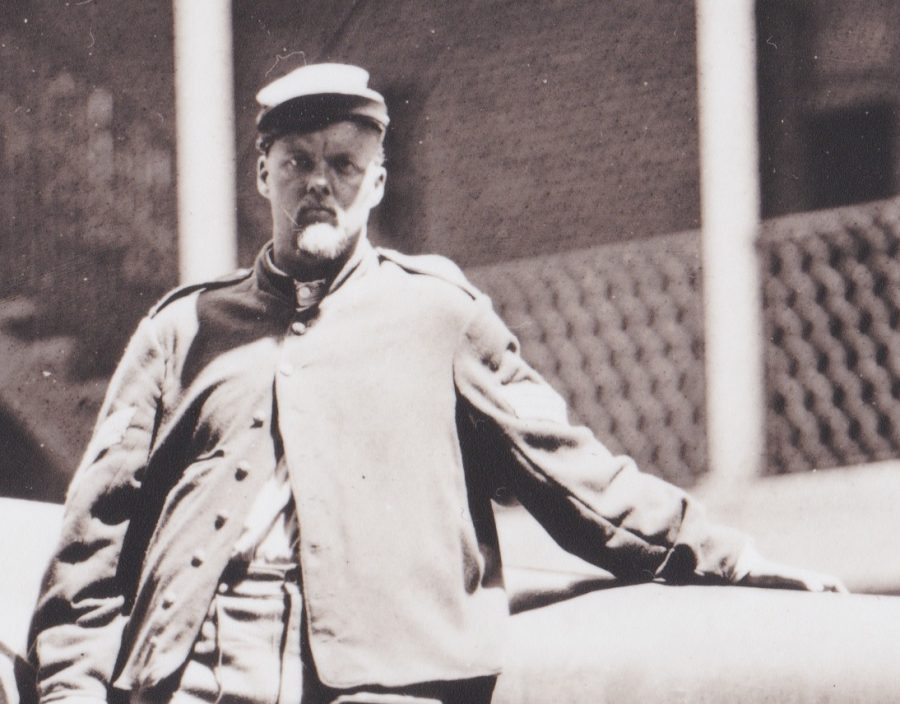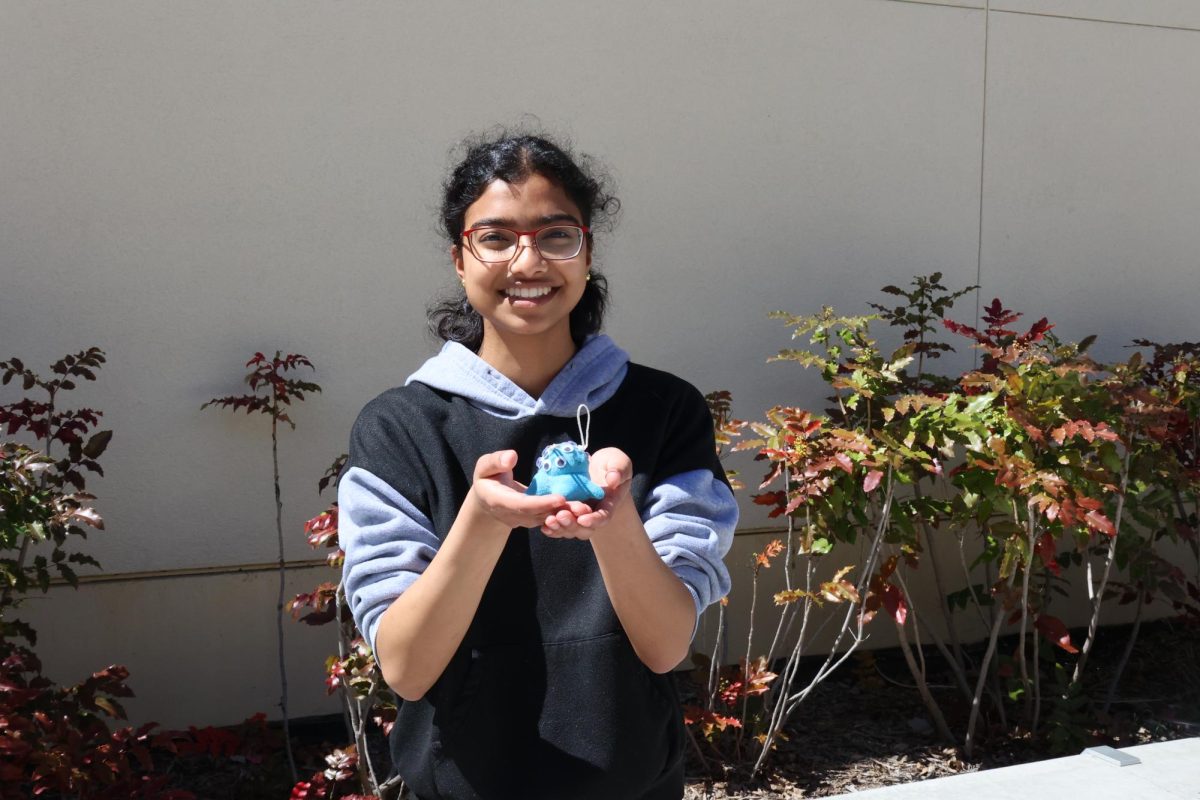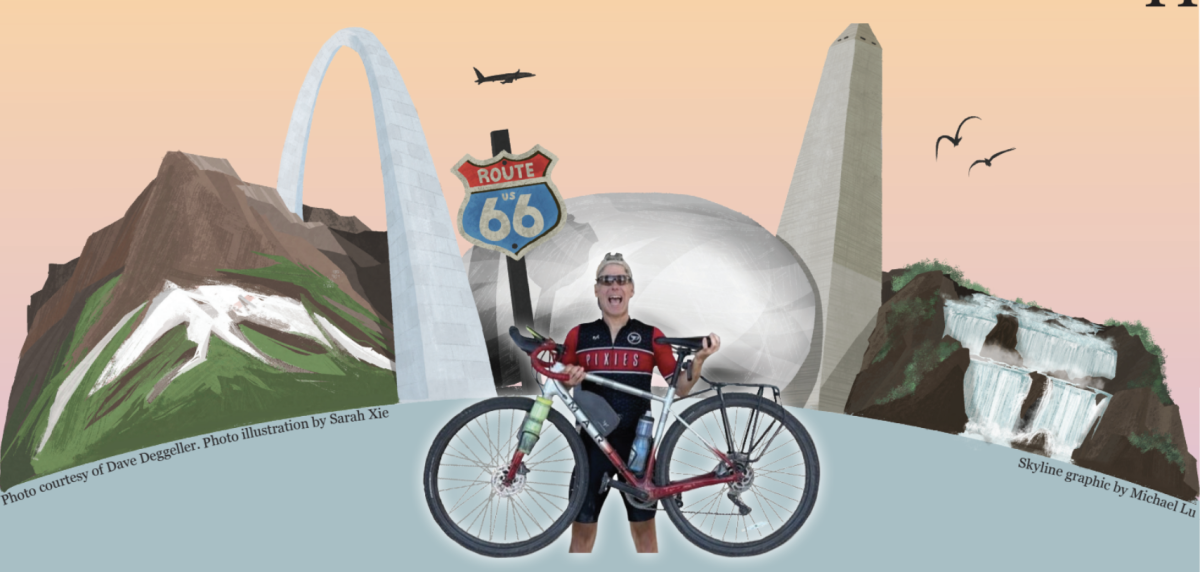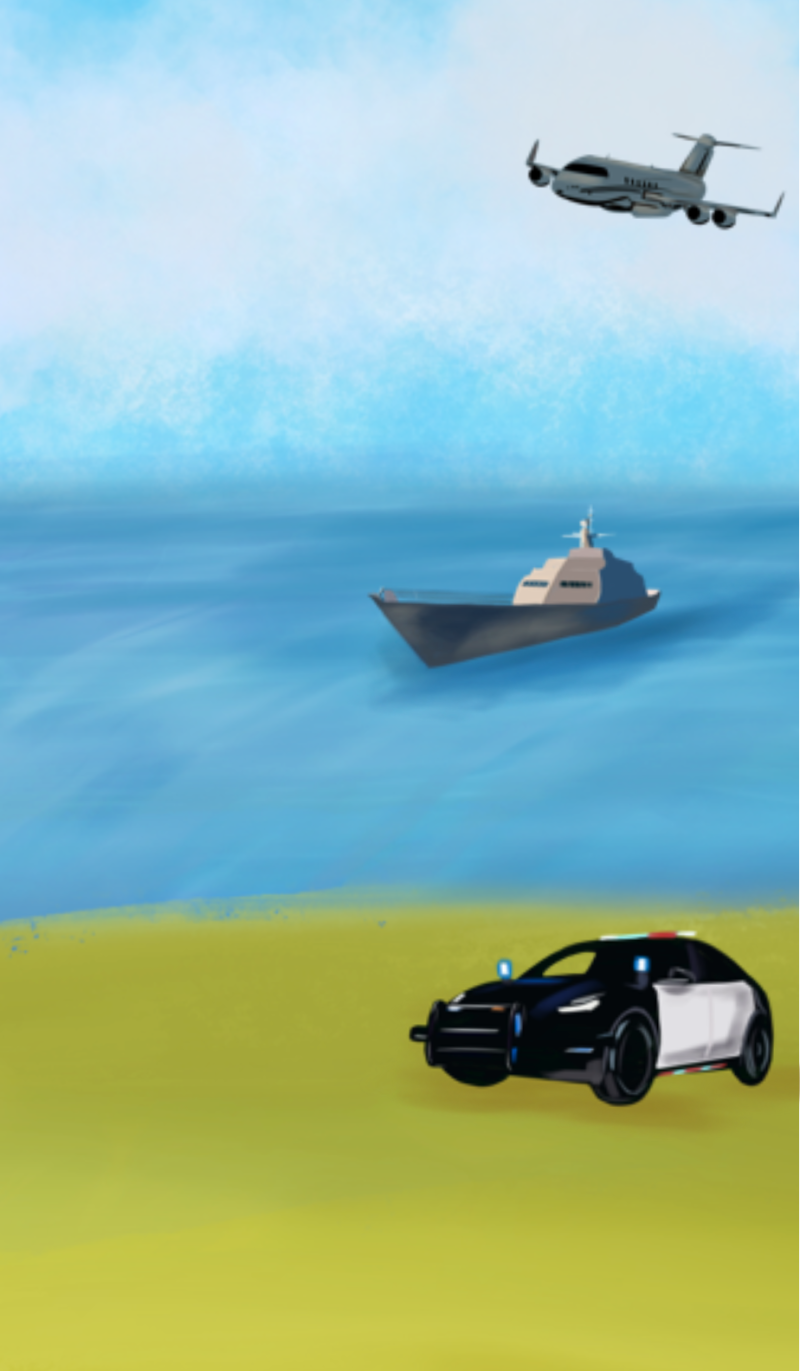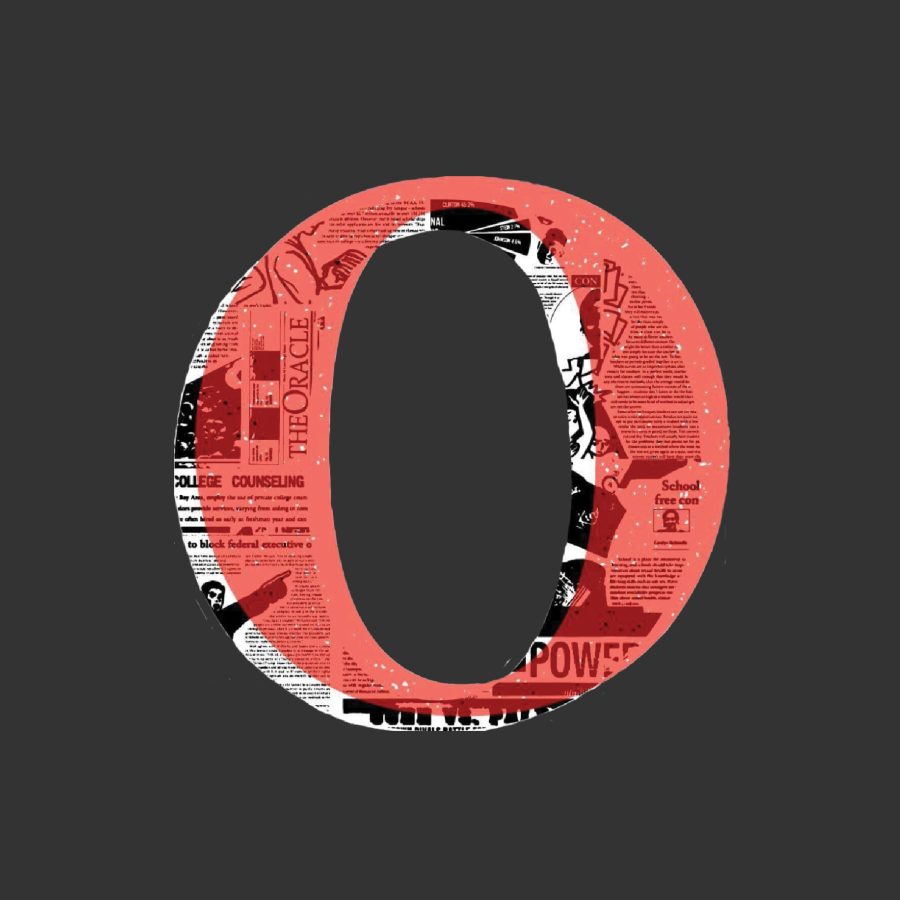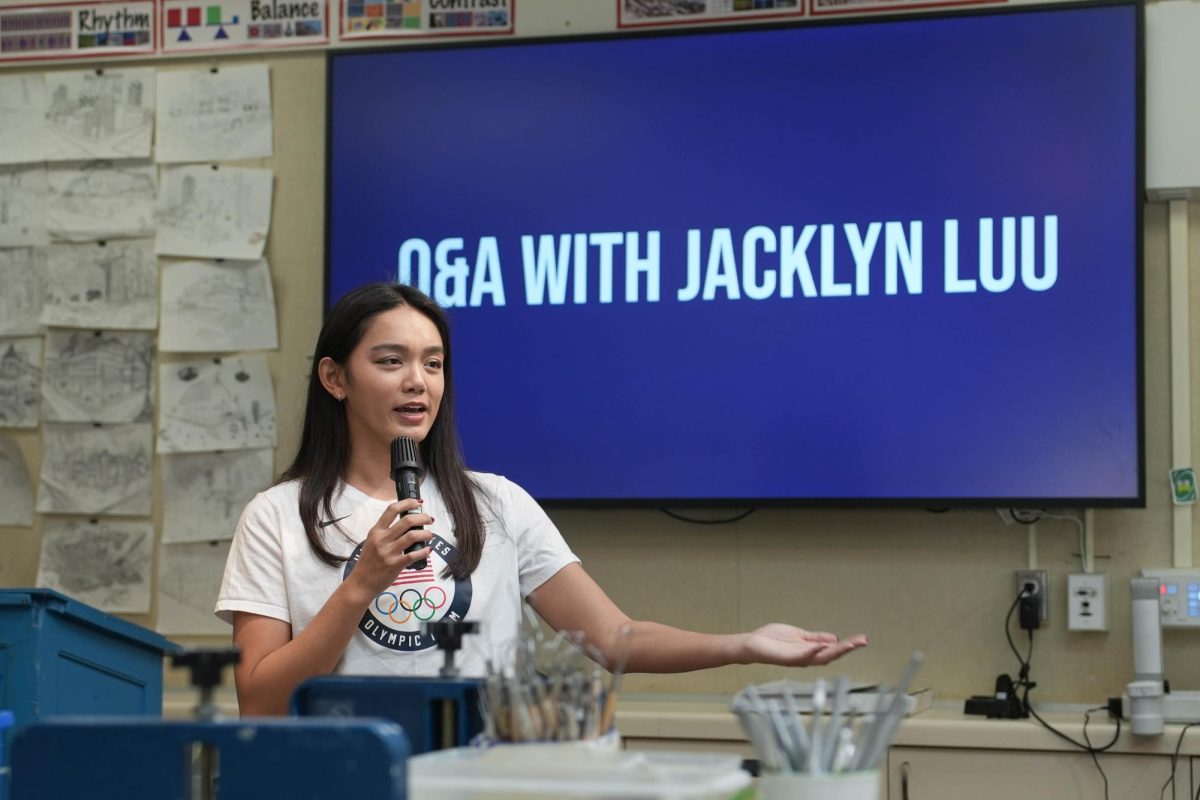Written by Lena Ye
Published in the November 6, 2015 issue
To those who know him, it’s not particularly surprising that social studies teacher Chris Johnson enjoys reenacting scenes from history. Historical reenactments are part-education and part-entertainment, combining elements of the classroom with elements of amateur acting.
Historical reenactments take place at field events that last a few days. Volunteers with extensive knowledge of the event and their own gear will show up to act. Clothes are most important, but depending on the era in which the reenactment is set, volunteers can bring anything from muskets to parasols.
Historical reenactments are often time-consuming and very expensive. “If you are going to do living history, the goal is to be as authentic as possible in clothing, equipment and demeanor,” Johnson said. “High quality and high level of authenticity is pricey. Basic [Civil War] uniform and equipment easily cost between $1500 and $2000.” Spectators give historical reenactments a feeling of a living classroom, which means volunteers must be historically accurate in their actions. Volunteers are expected to thoroughly research the era before participating
in an event; this can often be grueling and tedious.
Johnson became interested in historical reenactments at a young age. “My parents took me to a Civil War reenactment at Roaring Camp Railroad in the Santa Cruz Mountains back in 1985,” he said. “I went to another one there on my own in 1991, [and I] was 19 then and could join up on my own. I was a history major in school and saw this as another means of study.”
He was mainly interested in the activity for its educational aspect. “The national interest in the war was surging,” he said. “As a lifelong student of history, [to me] it was another outlet to really closely study a certain time period and experience life at those times as closely as possible. “
Johnson has been inactive in the historical reenactment scene for over a decade. The physical requirements of the activity proved strenuous, and he quit when it stopped being fun. “Getting involved in leadership roles, the club politics really made it seem like another job,” Johnson said. “I also turned to other interests which took up more of my time.”
Nonetheless, Johnson’s favorite event was the Antietam event in fall of 1997, in which 18,000 people participated. “Pre-dawn on the third day of the event, the scenario was the Fight for the Cornfield,” Johnson said. “[We were] marching in line of battle through a 10-foot-tall cornfield with cannons boom- ing and low mist shrouding the ground. Then [we emerged] from the corn and [discovered] the entire Confederate line was only 20 yards in front of us…[It was a] major time-travel moment.”


